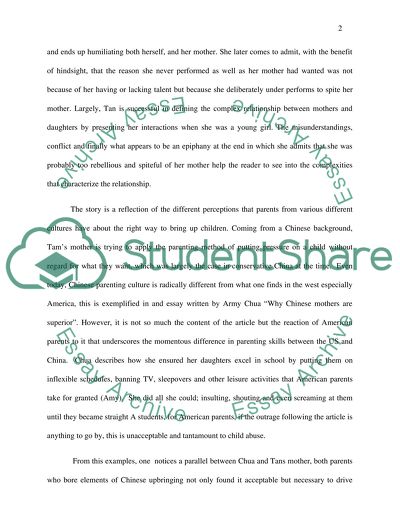Cite this document
(“The relationship between mother and daughter in Amy Tans Two Kinds Research Paper”, n.d.)
Retrieved from https://studentshare.org/literature/1493664-the-relationship-between-mother-and-daughter-in-amy-tans-two-kinds
Retrieved from https://studentshare.org/literature/1493664-the-relationship-between-mother-and-daughter-in-amy-tans-two-kinds
(The Relationship Between Mother and Daughter in Amy Tans Two Kinds Research Paper)
https://studentshare.org/literature/1493664-the-relationship-between-mother-and-daughter-in-amy-tans-two-kinds.
https://studentshare.org/literature/1493664-the-relationship-between-mother-and-daughter-in-amy-tans-two-kinds.
“The Relationship Between Mother and Daughter in Amy Tans Two Kinds Research Paper”, n.d. https://studentshare.org/literature/1493664-the-relationship-between-mother-and-daughter-in-amy-tans-two-kinds.


